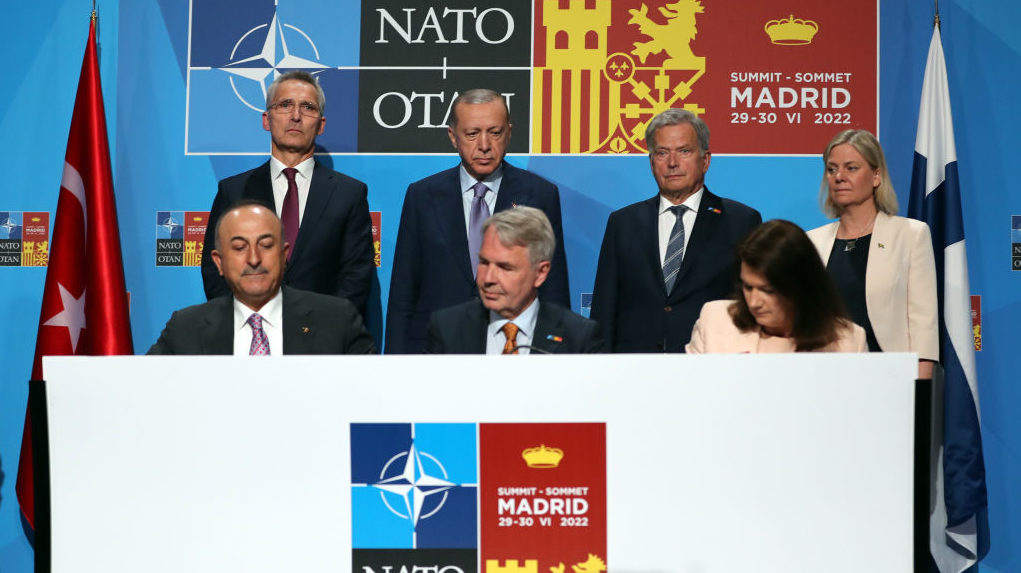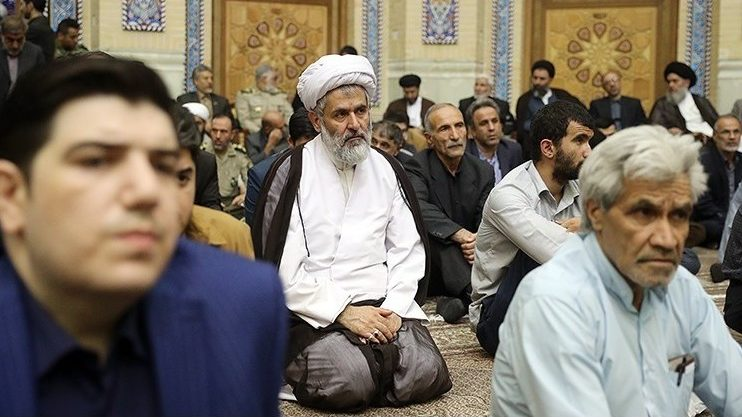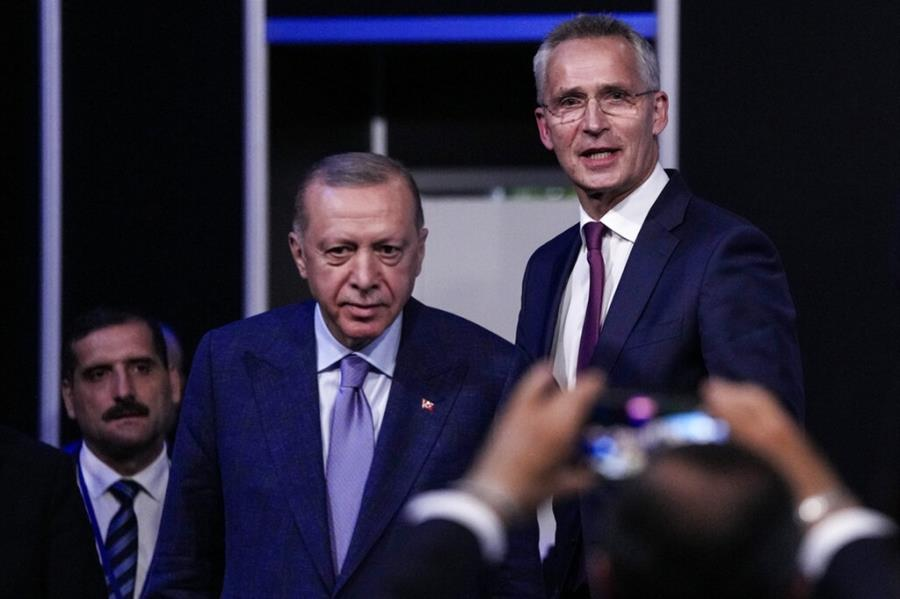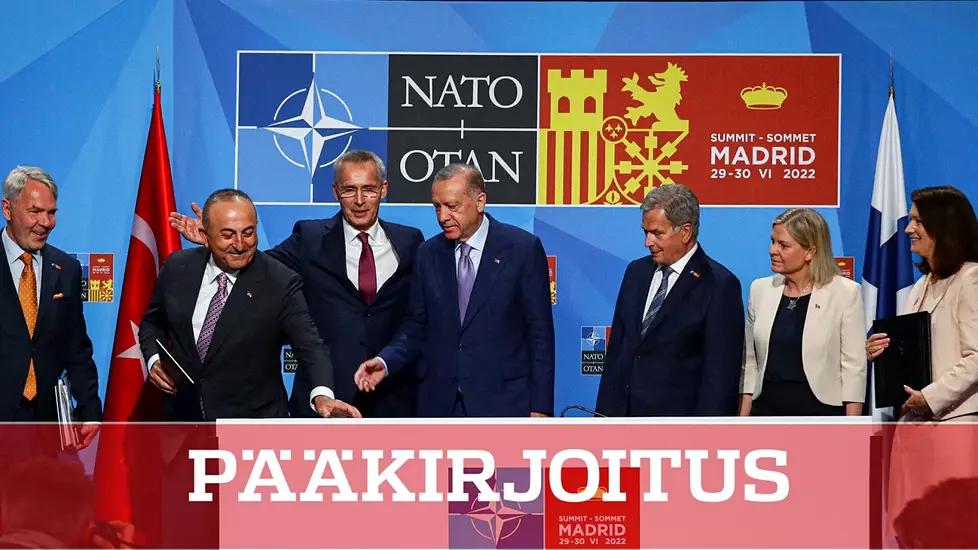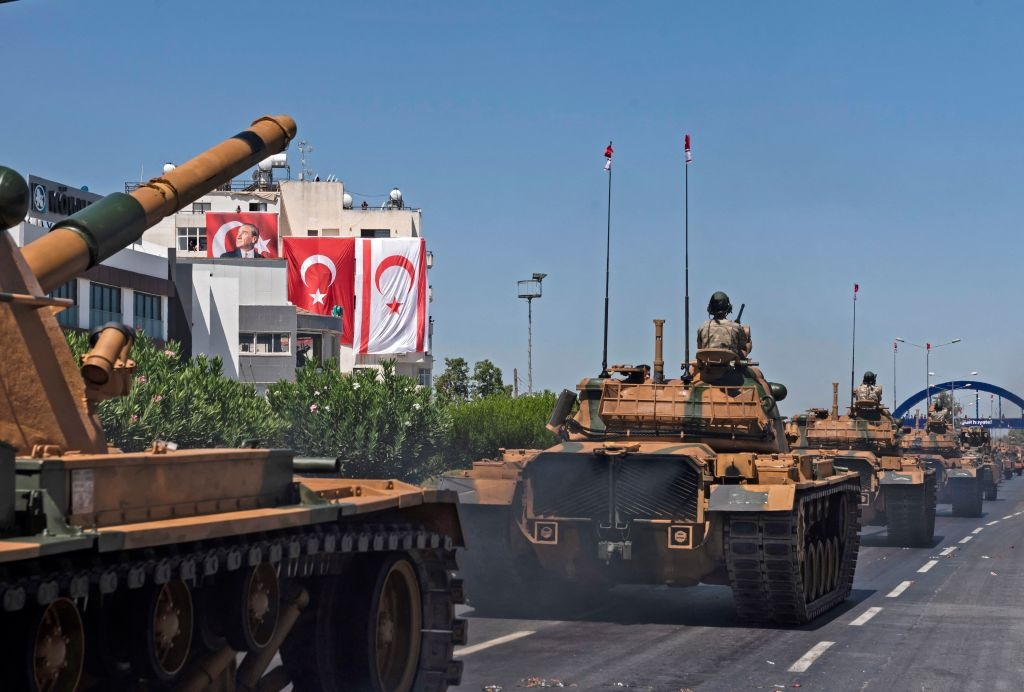İsveç Başbakanı Andersson Cumhurbaşkanı Erdoğan’ı yalanlamadı, ‘Pazarlık masasında konuşulanları söylemem’ dedi

İsveç Başbakanı Magdalena Andersson, Cumhurbaşkanı Recep Tayyip Erdoğan’ın açıkladığı gibi Türkiye’ye 73 kişiyi iade edip etmeyeceklerine dair soruları yanıtsız bıraktı.
Reuters’ın haberine göre Andersson “Sekiz yıldır bakanlık yapıyorum ve bugüne kadar pazarlık masasında konuşulanları hiç açıklamadım” dedi ve ekledi:



